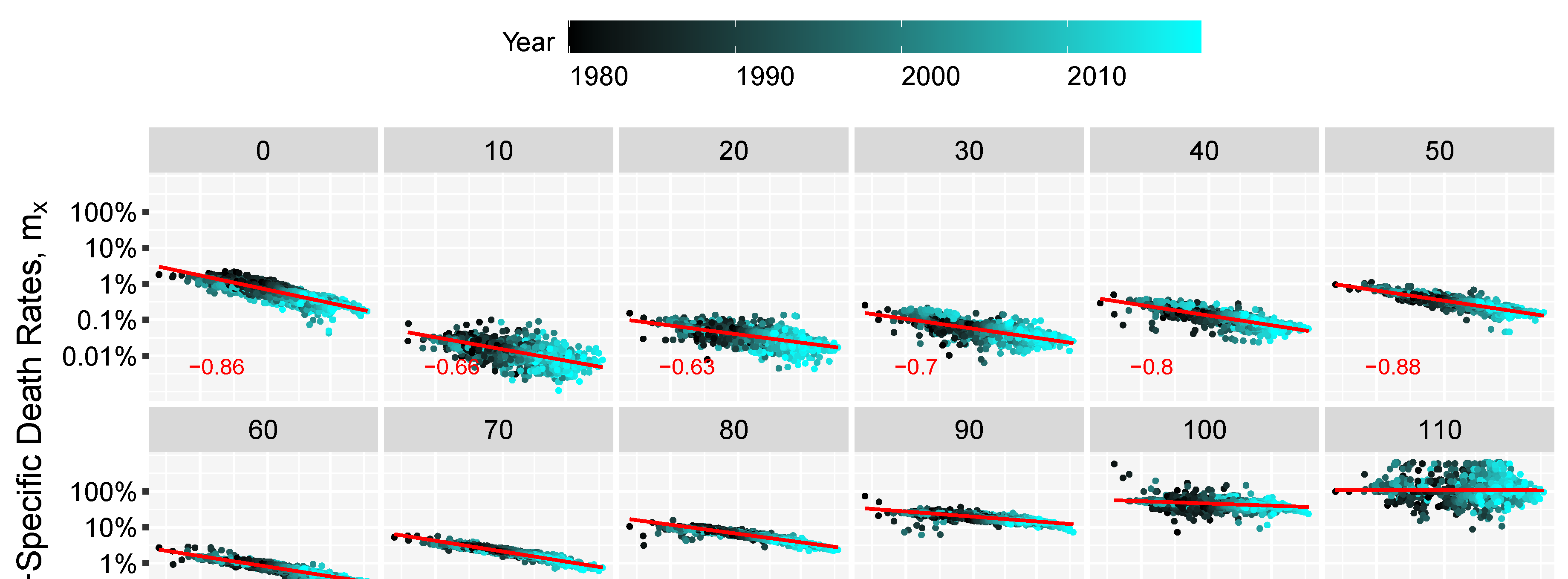The prediction of human longevity based on forecasting life expectancy offers multiple advantages, but the reconstruction of age-specific mortality is more challenging. A new article led by Marius Pascariu and coauthored by José Manuel Aburto, Newton Fellow at the Leverhulme Centre for Demographic Science and the Department of Sociology, proposes the Linear Link model to tackle this challenge.
Understanding human mortality is very important in the context of the rapid ageing process in developed countries. The link between the pension systems sustainability and changes in life expectancy is more apparent than ever considering the recent reforms that are taking place in Europe. In countries like Germany and Finland the level of retirement benefits are linked to life expectancy, in other countries like the U.K. and France the retirement age is set to increase from the current levels and implicitly the contribution period for pensions to be extended as people live longer. Therefore, forecasts of life expectancy have become imperative for policy planning, but how do we estimate age-specific mortality given values of life expectancy?
Transformation of life expectancy into death rates at every age can be accomplished by exploiting the regularities of patterns of mortality. In their new article, the authors propose the Linear Link model to estimate age specific mortality from values of life expectancy. The new model is based on the observed linearity between age-specific death rates and life expectancy at a certain age. The model is inspired by indirect estimation techniques applied in demography, which can be used to estimate full life tables at any point in time, based on a given value of life expectancy at birth. The article also comes with reproducible materials and an R-package.
The study "The Linear Link: Deriving Age-Specific Death Rates from Life Expectancy" is authored by ,Marius D. Pascariu 1,2,*, ,Ugofilippo Basellini 3,4, ,José Manuel Aburto 2,3,5 and ,Vladimir Canudas-Romo 6



